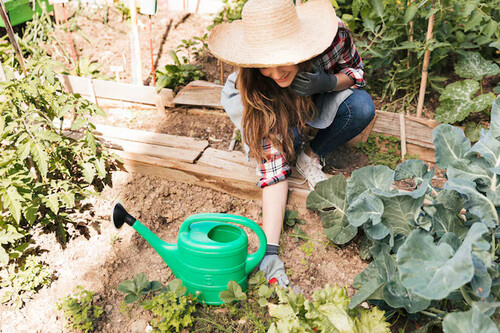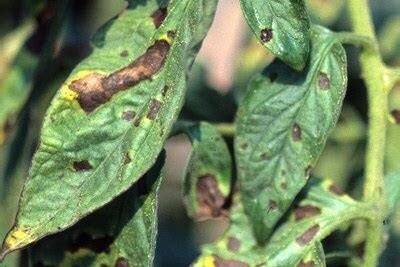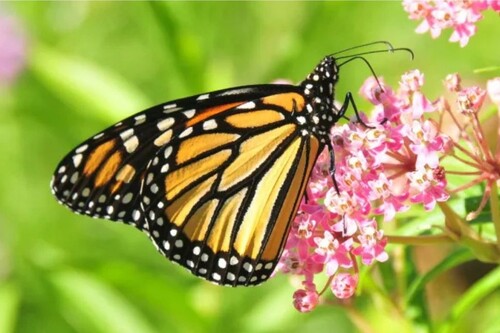Care for Your Garden
There are many resources to learn about gardening, including your friends and neighbors who garden, and books at the Library. Plus, experience is the best teacher! So, dig right in!
To help you narrow down the abundance of information available on the web, we offer you the following link to the Vermont Garden Network’s How-to-Gardening Tips & Resources page. The experts there have chosen their favorite resources just for you.
How-to-Gardening Tips & Resources from the Vermont Garden Network
Tip for supporting our native pollinators at the end of the season: Don’t work so hard! Unless obviously diseased, leave your plants in the garden and do your clean-up in the spring to provide important over-wintering homes and protection from the weather to our native pollinators such as bees, caterpillars, ants, and flies. (Trees in your yard are critical habitat for caterpillars too!) Bonus: some plants will self-seed if left alone at the end of the season, for example herbs such as dill and cilantro easily drop seeds that will sprout in the spring!




